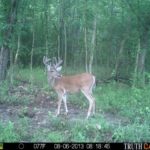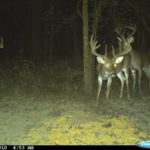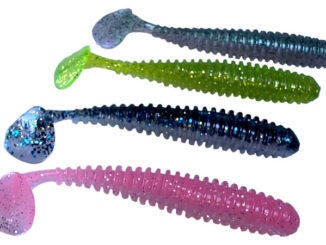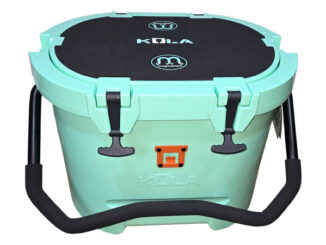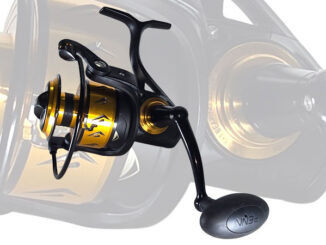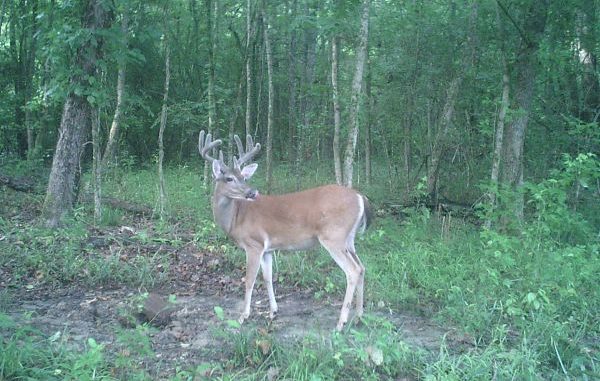
A valuable tool no doubt, but one picture is not enough
It’s obvious, right?
You capture a nice buck on your trail cam by the sunflower field stand, so you pick that venue for opening day.
But perhaps, a little more information should be obtained before you lock down a decision for a potential hunting stand candidate.
So how do you substantiate trail cam evidence?
The answer to that is quite subjective. I know hunters who will wear out a stand after catching just one buck on their camera one time. Is that enough evidence to convince you that this is the stand for an opening day vigil?
Every deer hunter’s threshold of proof differs in this regard. Personally, I would need to see several sightings of the same deer at the same camera over an extended period of time. It could be that a certain buck comes and goes as would be usual and expected, but if I just photo him jut one time over a month that is a pretty thin benchmark to use.
Multiple sightings of a quality buck are evidence you have found his core area. Limit your activity in that area, and if possible do some scouting from a distance with long-range optics.
Remember, too, that early in the season bucks are very likely to gang up and there’s the opportunity to find photos of a nice group of mature bucks hanging together.
“Last year I caught five bucks on my camera more than once,” Mississippi hunter Dr. Drew Dulaney said. “Two of the bucks were pretty darn good, and before the season was out, I shot one of them.”
Later in the bow season these buck groups will break up, but it is likely that the dominant buck(s) will remain in that core area. If you continue to film one or two bucks over and over at the same spot, that area might be a good place to spend some quality hunting time.
Best camera set-up
Two critical things seem to play heavily into yielding really good trail camera shots.
One is positioning of the camera away from the prevailing angle of the sun in your area and set-up location. The other is setting the proper mounting height of the camera to catch as wide a perspective as possible.
Over the years I have caught a lot of deer legs and feet on camera, and other times I got little more than sunspots. It is frustrating to anticipate catching some good photos only to be jinxed by a poor set up.
Read the manufacturer’s set-up instructions, follow them and then verify that you are getting quality photos of anything that shows up. Early, it could be raccoons, coyotes, bobcats, or fox or turkey. Consider that practice and know the camera is working properly, as well as being positioned correctly.
Try to position the camera where it is a bit obscured but not covered by limbs or grass that could blow in the wind and set off the camera or create blurred images.
When you hang the camera on a tree or post, get down on your knees to check the height and alignment. Get it right the first time.
